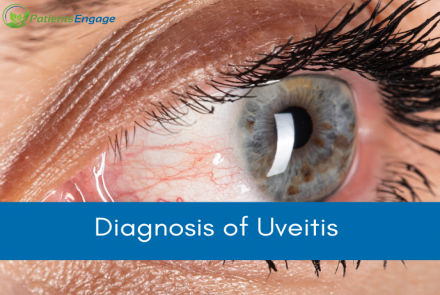
How is Uveitis diagnosed
The diagnosis of uveitis largely depends on accurate identification of the pattern of inflammation in the eye. Once the pattern is recognized, specific lab tests are advised to either support or rule out a given diagnosis for the patient.
The tests may include blood tests, radiological tests or testing the fluids collected from inside the eye (aqueous or vitreous). This approach is called targeted or tailored testing and is often successful in making the correct diagnosis.
Alternatively, some ophthalmologists prefer advising the entire battery of tests for all patients of uveitis (shot gun approach). While this may pick up the cause of uveitis in some patients, it runs the risk of making a false diagnosis in others, in the absence of appropriate clinical signs.
Many patients of uveitis, especially those with posterior uveitis, also require eye imaging tests such as fluorescein angiography, autofluorescence, or optical coherence tomography. These tests help in defining the pattern of inflammation, checking the response to treatment, and identifying complications of uveitis in the eye.















